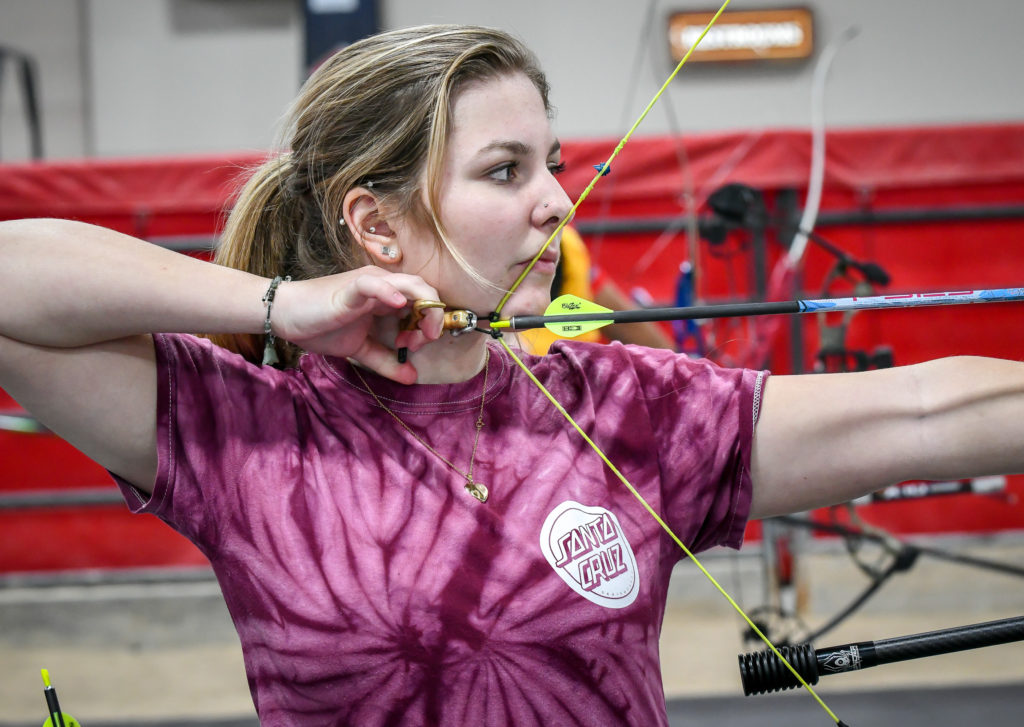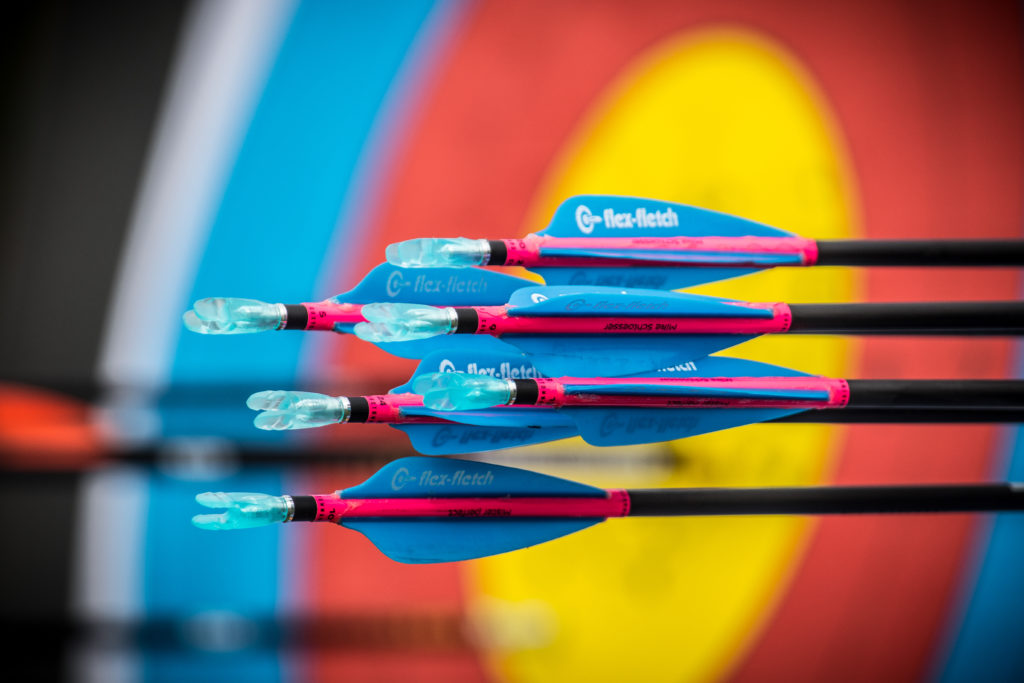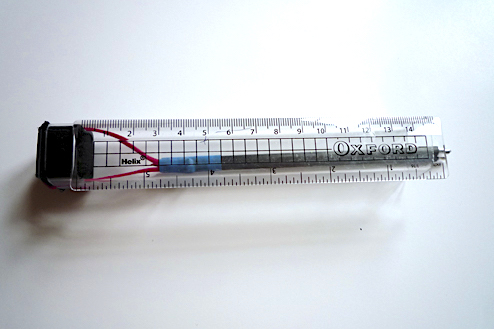Nock fit is not always top of the checklist – but it should be. By Rebekah Tipping.

An often forgotten aspect of tuning a bow is correctly fitting the nock to the string. Most brands of nocks will only come in two sizes: small or large, which makes it a simple choice to choose the correct nock for the string, right?
Unfortunately there are more factors involved, such as the diameter of the string material itself, the number of strands in the string, and the diameter of the centre serving.
The incorrect nock fit for a particular string and serving combination can not only affect the tune of an arrow, but it can actually prove to be dangerous if the nock fit is too loose or too tight.
The arrow may not clip onto the string if the nock is too loose, and may fall off when the string is released resulting in a dry fire of the bow. Conversely, if the nock is too tight, it could crack over time and explode during the shot. Both of these scenarios are very dangerous and could result in injury to not only the archer, but others in close proximity.
Safety aside, nock fit will affect the tune of the bow, and an incorrect nock fit can make tuning a bow a much more difficult experience than it needs to be, as the nock will be inconsistent in the way it leaves the string during the shot.
A tight string will hang onto the string longer than is necessary during the shot, and may result in poor arrow flight and reduced arrow speed, as more of the bow’s energy will be going into getting rid of the arrow from the string.

A loose-fitting nock will not fully utilise the energy of the bow as it may not sit flush against the string while the archer is at full draw. This can result in a loud bow, as the bow will dissipate its energy in a different form if it cannot be transferred to the arrow as kinetic energy.
There are a few simple tests you can perform with your arrows to check you have the correct nock fit.
Sound: modern nocks clip onto the string with an audible “clip”, and the arrow should hang vertically from the string under its own weight without falling off. A nock that is too tight may make a “clip” noise but it will be duller, and put up more resistance when attached to the string. If the nock is so loose that it does not make a sound when attached to the string, it will not be safe to shoot.
Rotation: the nock should be able to rotate freely around the centre serving without turning the nocking points or pulling the string along with it. If the whole string tries to rotate when the arrow is rotated, this nock fit is too tight.
Sideways movement: there should be a small amount of “wiggle room” inside the nock groove between the nock and the serving when the arrow is clipped onto the string. If the nock moves a lot, do not try to bend the ears of the nock to alter the nock fit. It can be tempting to do a quick fix like this, but it may result it more problems if the nock becomes fatigued and cracked over time.
Vertical movement: there should be a small gap between the nock and the top and bottom nocking points to allow for the change in string angle when the bow is drawn. If the nocking points are too close together, they may pinch the nock and affect the flight of the arrow. If there is too much space, the arrow will not leave the string consistently between shots and this may result in a vertical spread in the grouping of arrows.
String Tap Test: the age-old test for nock fit is to give the string a firm tap about one inch from the nock. This should detach the arrow from the string without the nock plucking or twanging the string as it leaves. A tight nock may be difficult to detach from the string by this method but due to the shape of the ears on modern nock designs, the ‘tap test’ is not the failsafe method it used to be. The previous four steps are much more valuable when determining correct nock fit, and also should be performed every time you get a new string or are trying a new type of nock, rather than just hanging the arrow from the string and tapping it!
For compounds you are looking for essentially zero play with your arrow nock between your nock points or loop when your bow is at full draw. How much string pinch you get as you draw your bow back will determine how much play when your bow is at rest.

This will depend on your draw length, the bow’s axle-to-axle length, and brace height, which all influence the string angle of the bow. Archers with a longer draw length may need more wiggle room between nocking points, because of the sharper angle. You can test to see if a nock is too tight by drawing an arrow without a point in it, to see if it lifts off the launcher. If it does, you may have issues.
For recurves, in order to get the nock fit correct for a particular string material and number of strands, you will need to find the right diameter of centre serving.
Thankfully, Ashe Morgan from Online Archery Academy has done a lot of the testing for you! Ashe has tested 240 of the most common string/serving/nock combinations and compiled a chart of the results. There may be some variation depending on how the string was made, and fluctuations within the serving materials, but this guide serves as a useful starting point to find the perfect nock fit for your bow.
This nock guide can be downloaded as a PDF from the Online Archery Academy website.
Nocks: going further

You can construct a simple device to make absolutely certain of nock fit, and easily find even a small amount of damage. This needs an old arrow, a ruler, a piece of plastic tubing, and a few other bits and bobs. Bow covered this in a previous issue, and you can find the instructions by following the link below:
https://www.bow-international.com/reviews/equipment/make-sure-it-fits/

